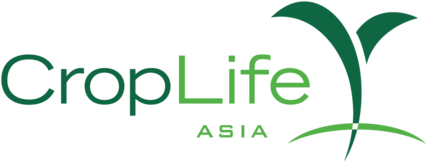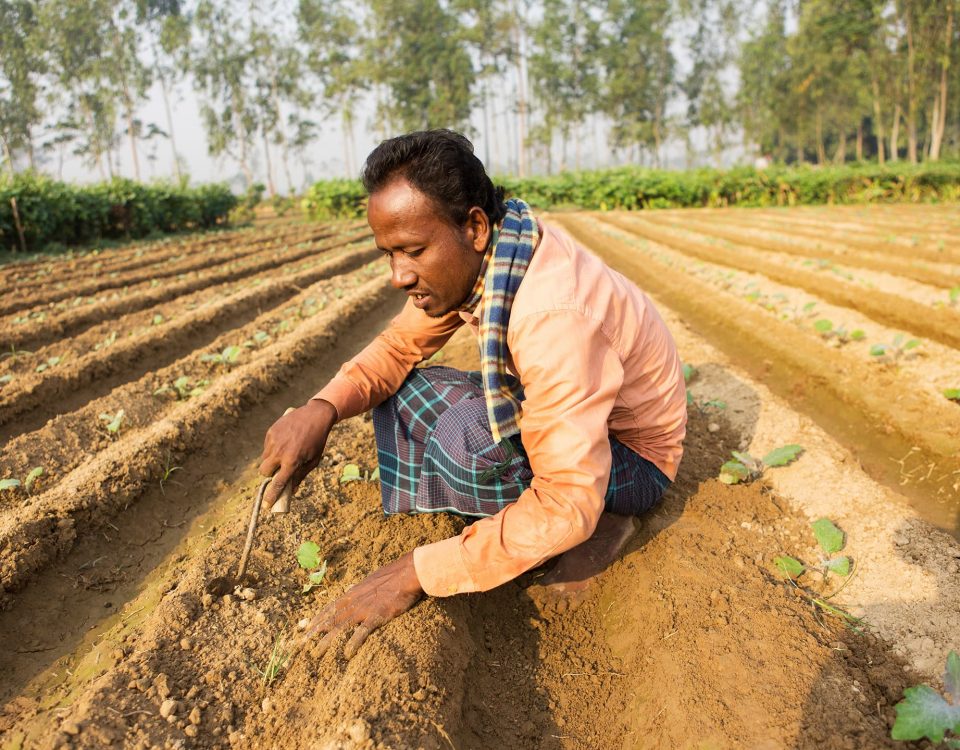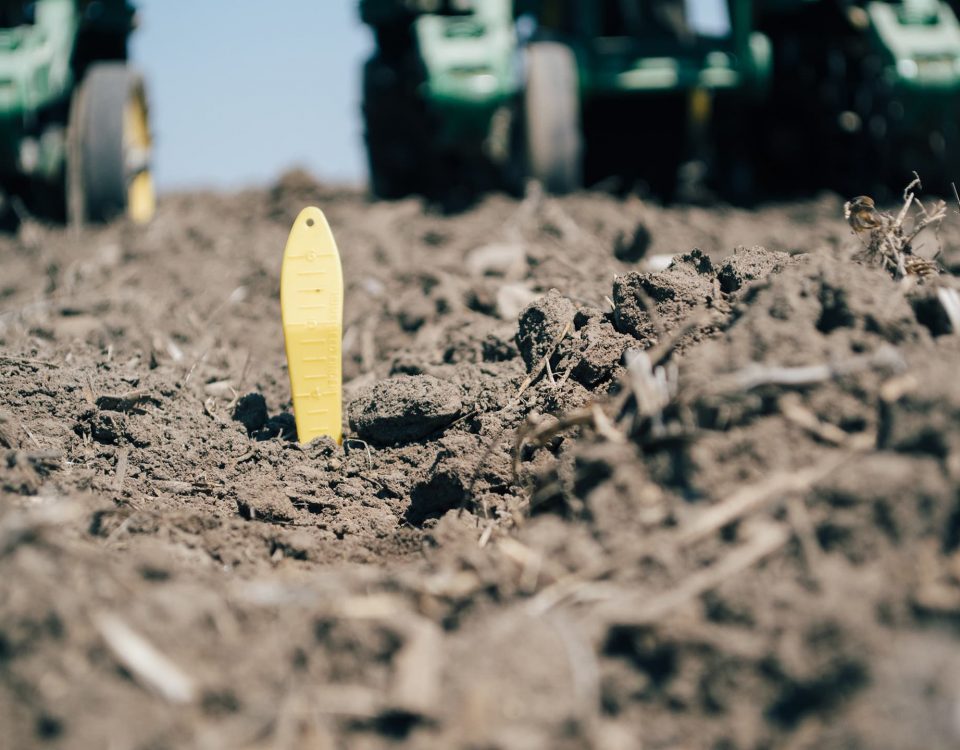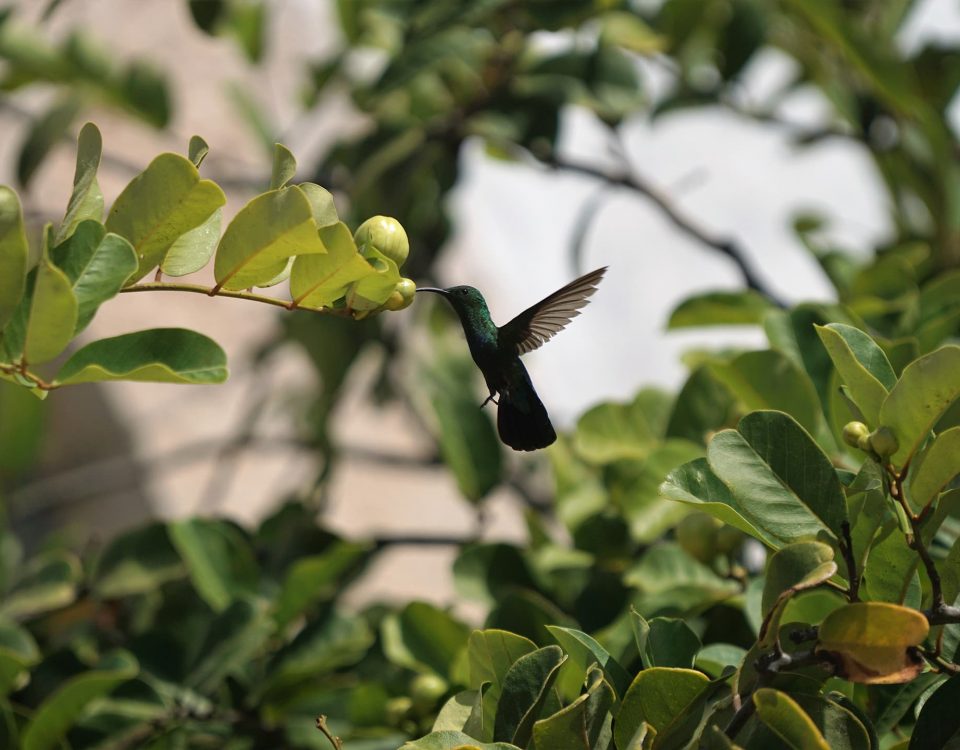Health and Nutrition
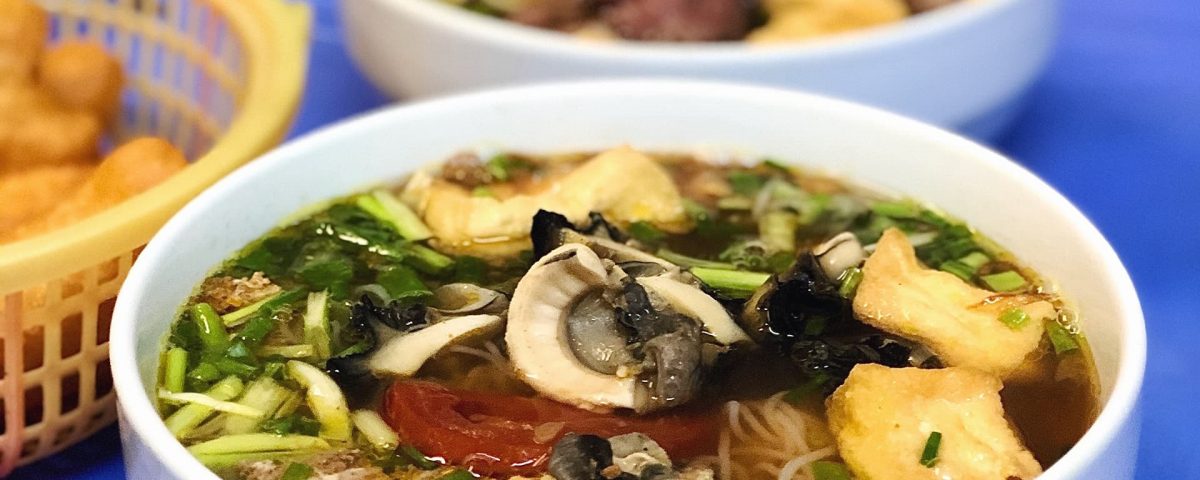
World hunger is on the rise, with an estimated 821 million people suffering from chronic food deprivation. In Asia alone, the projected Prevalence of Undernourishment (PoU) is 11.4 percent, representing more than 515 million people. The Food and Agriculture Organization (FAO) also reveals the paradox of how food insecurity is associated with undernutrition as well as both overweight and obesity. The higher cost of nutritious foods, the stress of living with food insecurity, and physiological adaptations to food restriction are all factors that help explain why food insecure families have a higher risk of overweight and obesity. Countries in Asia have registered high rates of overweight and obesity. While the average prevalence of obesity in Southeast Asia is 26.3%, there are some alarming numbers in individual countries. Malaysia recorded the highest obesity rate at 46.3%.
Implementing and scaling up interventions that can guarantee access to nutritious foods will help break the intergenerational cycle of malnutrition – an area in which the plant science industry can participate. Regionally, there is also growing public discussion around ensuring food that we eat is both safe and nutritious. From farm to fork, these two fundamental qualities and dietary descriptors of our food supply are becoming increasingly intertwined.
Malaysia recorded the highest obesity rate at 46.3%
High profile examples calling into question the safety of key crops, fish, meat and other products across the food value chain regionally have littered the media landscape in recent years. While this drumbeat of coverage has led to the positive development of regional society taking a greater interest in how their food is produced in addition to its safety and sustainability, harmful fallout has been realized as well. Specifically, misinformation around what is and is not safe as it relates to human and environmental has unfortunately led to an erosion of public trust in the food supply, spurred regulatory reaction and hindered national trade.
As the discourse continues around the overarching question of ‘Is our food safe and nutritious?’, unfortunately so too a growing number of consumer and stakeholder misconceptions. For this reason, there exists a need for a public platform to enhance public education and awareness on these issues. CropLife Asia together with the US-ASEAN Business Council (US-ABC) and EU-ABC are partnering to create a platform to carry out this work through various public events under the ASEAN Safe and Nutritious Food umbrella.
Sources:
1. FAO 2018 The State of Food Security and Nutrition in the World
2. Helble, Matthias, and Kris Francisco. 2018. The Imminent Obesity Crisis in Asia and the Pacific: First Cost Estimates. In Matthias Helble and Azusa Sato, eds. Wealthy but Unhealthy: Overweight and Obesity in Asia and the Pacific: Trends, Costs, and Policies for Better Health. Tokyo: Asian Development Bank Institute.
3. Helble, Matthias, and Azusa Sato. 2018. Introduction. In Matthias Helble and Azusa Sato, eds. Wealthy but Unhealthy: Overweight and Obesity in Asia and the Pacific: Trends, Costs, and Policies for Better Health. Tokyo: Asian Development Bank Institute.
